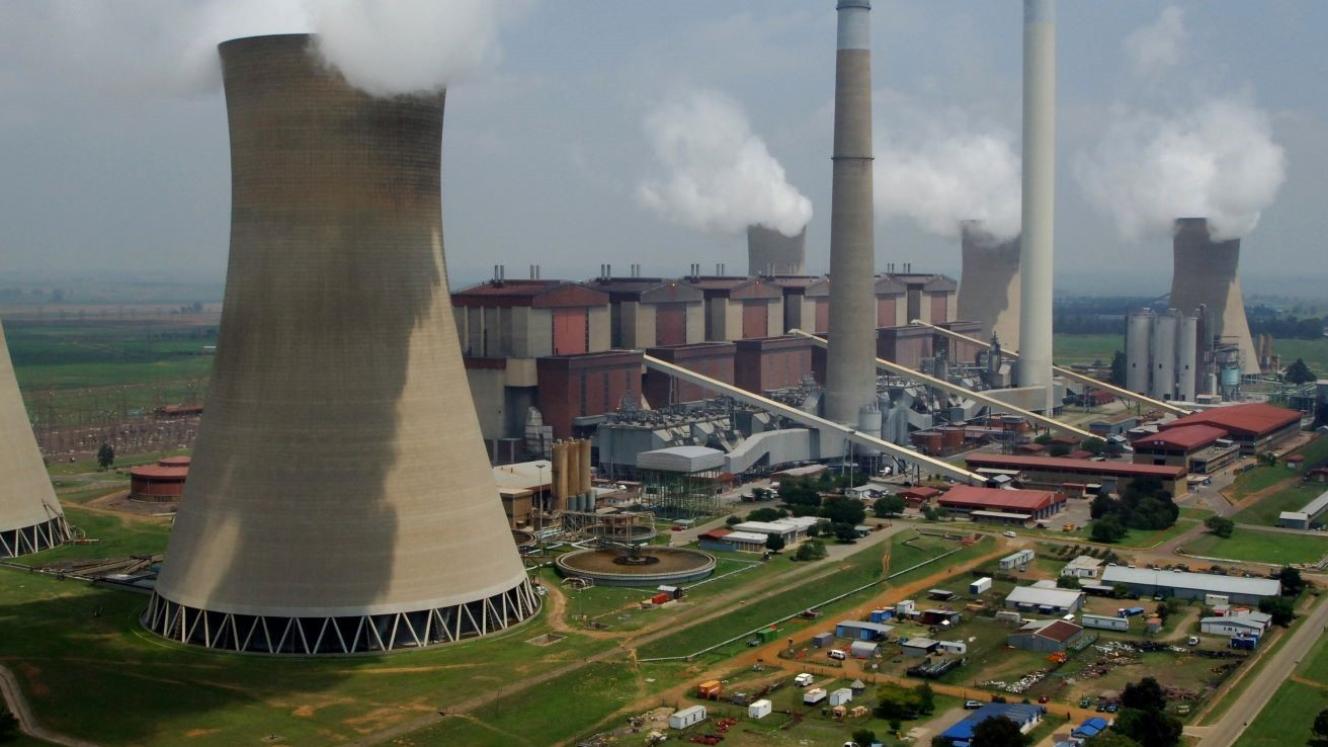Matla Power Station’s Unit 6 is still undergoing pipe replacement and additional maintenance before returning to service, Eskom has confirmed. The damaged unit, which contributes 575 MW to the grid, remains offline while work continues. The repairs follow a steam-pipe explosion on December 12 when nine workers were injured (one critically).
Despite the unit’s extended downtime, an Eskom spokesperson said grid stability remains unaffected thanks to improvements in its coal fleet under the utility’s Generation Recovery Plan (GRP). Five of the six generating units are operational, collectively supplying 2 875 MW to the grid. In addition to replacing the damaged steam pipe, Eskom is conducting other essential maintenance before the unit is returned to service.
The spokesperson said Eskom’s generation division has a very intensive and rigorous high-pressure pipework monitoring programme across all relevant sites. “The investigation into the steam-pipe failure at Matla Power Station Unit 6 is ongoing. At this stage, there is no indication of similar risks at other power stations.” The findings of the technical investigation will guide any additional safety measures required beyond Eskom’s existing high-pressure piping management programme, added the spokesperson.
To safeguard its infrastructure and personnel, Eskom conducts continuous in-service condition monitoring alongside comprehensive non-destructive testing of critical components during planned maintenance outages, the spokesperson said. “Eskom has a well-established and stringent plant monitoring programme. Any identified risks are thoroughly evaluated to determine the safest operational approach. Where there are unacceptable material risks to personnel or potential plant damage is detected, the plant will be shut down to address the risk. Additionally, periodic component replacements and refurbishments are carried out to ensure the power stations reach their intended 50-year lifespan,” the spokesperson explained.
Eskom’s maintenance strategy is built on its Life of Plant Plan (LOPP), which is based on original equipment manufacturer specifications and further optimised through internal engineering studies to fit Eskom’s operational conditions. The LOPP outlines necessary maintenance interventions throughout the plant’s lifespan and is refined into five-year technical detailing required for modifications and upkeep.
The utility’s fleet of 15 power stations – excluding Medupi and Kusile – has an average age of 47 years. The plants were originally designed for a 50-year operational lifespan.
“The planned maintenance work on our coal fleet has significantly improved reliability, as evidenced by 317 days without load shedding in our 2025 financial year – a significant improvement from the 32 days free of loading shedding in our 2024 financial year,” the spokesperson said.
Implemented since March 2023, Eskom’s GRP has improved the dependability of the coal fleet by minimising unplanned outages and driving efficiency, as evidenced by the R17,57 billion reduction in diesel expenditure, the spokesperson said.













